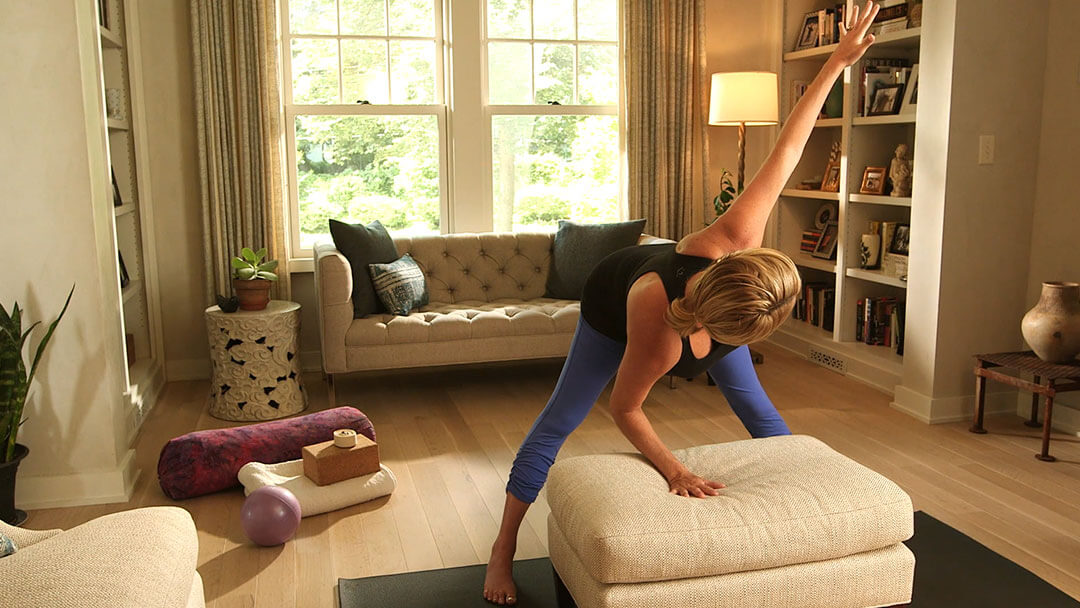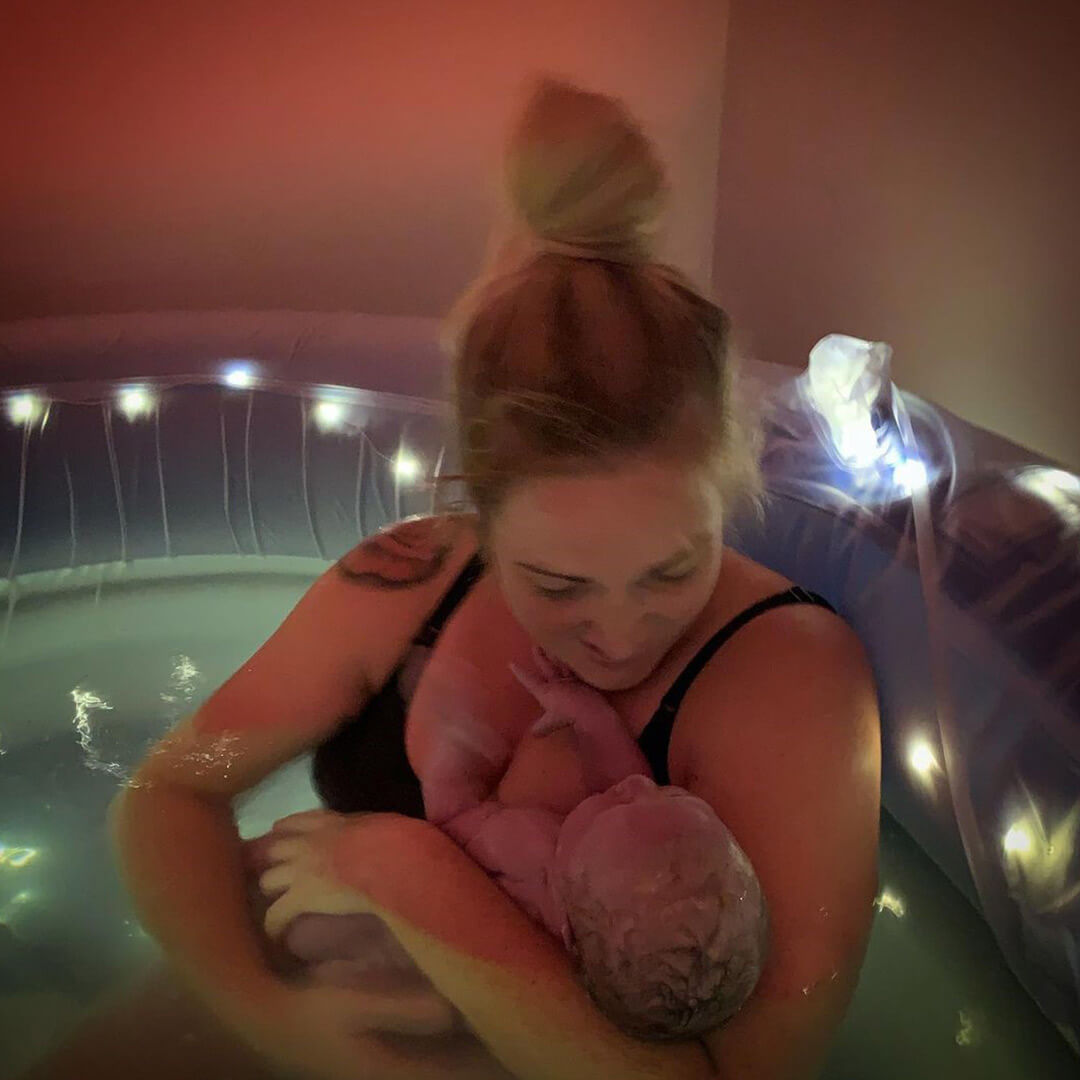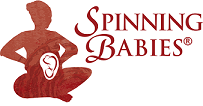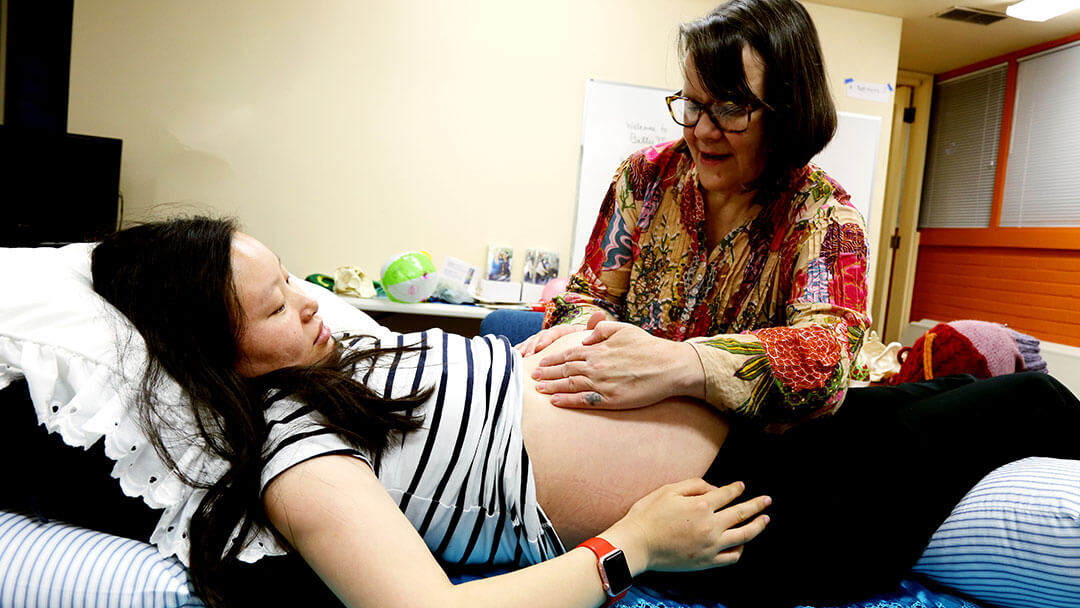From our December 2020 letter to our Community,
The fascia is our mutable connective tissue throughout the body and you hear me make a lot of fascia metaphors and analogies. What was restricted in our society over generations is being released. The top>down power structure shifts to lateral collaboration and shared power. Lateral, here, means across organizations and departments. Lateral knowledge is across professionals, nurses, and doulas contributing to birth outcomes and more recognition to midwives and doctors that are focused on the needs of people in their care even to the point of seeking knowledge outside their field.
A shifting society is innately stressful just as a body in labor experiences unique stresses. Parents are carrying more responsibility in their children’s education and even their births. Homebirth emerges as a distinct possibility in the conversations of many during this period of restricted access to family and doula care in hospitals.
Decisions from the top>down like blocking doulas, denying VBAC, or even mandating epidurals or cesareans for reasons that would not have been acceptable before the pandemic are ways professionals seek stability in this time of instability. It’s like running into stiff fascia when trying to move with the times. The body resists. Reacting to resist necessary movement, whether in the body or in society, is non-physiological unless all parts of either are in movement together.
Crisis is part of such widespread change. Sometimes a baby’s position can get less optimal for a short period when the first of a set of constricted muscles or body areas are released. The baby turns posterior or rarely, breech. This can also happen spontaneously at 37 weeks gestation. Both are rare yet instructional. Secondary restrictions are put under increased pressure and instability occurs. It’s not the fault of seeking balance. But it is an invitation to continue the movement towards balance. Sometimes we can continue with our self-care, and sometimes we need more than we know how to do to reach the balance we seek.
Dis-harmony in the body is a type of physiological inequality. To reach harmony we have to move from state A (stable but dysfunctional or less optimal) to state B (stable and balanced, optimal function) through a phase of flux. Without that shift from chronic dysfunction, we won’t find sustainable balance.
The activities of stretching for a more free range of motion require us to have a long view. We may find some mild muscle discomfort, we might not feel we can stretch like the yoga teacher. In time, and with particular slow movement and proper alignment we find the reward of suppleness.
This solstice dawns in a transition from the old to the new and beckons us into the unknown movement through the in-between. In childbirth, a phase for which birth giver and provider alike may experience a sense of the unknown might be the latent 2nd Stage. The cervix is found, by examination, to be fully dilated to 10 cms, but the urge to push has not begun. Forcing things now has little benefit. The pelvic floor may be preparing for a release. Without artificial oxytocin, the electrical activity of the pelvic floor increases with contractions (with artificial oxytocin this is not likely, Nazan Karahan, 2018, JourObGyn). We miss the spontaneous electrical surge in the muscles if Pitocin (Syntocinon) interrupts the neurophysiology of the pelvic floor which turns the release to pushing.
Having birth be in balance is more than the muscles. In my new book, Changing Birth on Earth: The midwife and nurse’s guide to using physiology to avoid another unnecessary cesarean we talk about bringing the birth environment and our very practices into balance. We prepare ourselves for the long view of change by releasing the obstacles to our physiology better than interjecting pharmaceuticals or adding technology. Those can be wonderful additions for those who can’t return to the body’s balance after enhancing physiology with movement and other ways that the body receives more readily and without side effects.
Lights are low
Voices murmur without stimulating alertness
We follow rather than lead the birth giver
The birthing person prepares as well, by overcoming some of the settling effects that gravity has imposed on their fascia. Fascia that isn’t moved regularly thickens and becomes dense. Moving through that resistance is called things like stiffness, too tight, tearing risk, fibromyalgia, arthritis, or age. Whether or not those diagnoses are accurate or inaccurate is not the discussion. I give you an image to understand the struggle to move when fascia is left immobile. Daily stretching and body balancing techniques in pregnancy and labor free the fascia to slide smoothly. The pelvic floor acts spontaneously to release the child. The completion of harmony is in motion.
The end of 2020 is a relief for most of us. However, we find the holidays more like a waiting time than a gathering time. It’s like a latent phase. We don’t know when we can meet safely again. But we can set the mood for when families, students, and travelers can breathe more freely from the post-pandemic era. We can charge ourselves with vision. First, we remove the obstacles by letting go of what we no longer have. Open to new possibilities of what life will be. And then set the tone for how you will enter the New Year, the new life.
We at Spinning Babies® are expectant. We develop more ways to support parents and providers. We’ve improved our website, one of our internal structures, along with our management. We pulled off an international conference in breakneck speed – not our best example of physiology before force, perhaps, but an excellent example of determination! I wrote a full-length book for providers which is number 1 in 5 categories on Amazon and available in paperback internationally from the regional Amazon URLs.
Let’s keep our hearts and hopes open to new possibilities for next year by being compassionate with ourselves and one another in our reflections and expectations. We’ve all been through a lot. Poet Carl Sandberg said, “A baby is God’s opinion that the world should go on.” And here we are, reading this letter together, dedicating ourselves to improving birth. That’s really quite something.
Birth Tip: What if You Don’t Have a Helper for Body Balancing?
Preparing for birth is a special way to share time with your baby during pregnancy. Not everyone has adults with them to help do techniques such as Side-lying Release or Standing Sacral.
Side-lying Release has been attempted by people themselves but hip openers as taught in pregnancy yoga may be better suited to solo use.
Hip-openers like arms through the hole and leg stretches with a strap are ways of increasing range of motion in the hip socket. Be gentle and repetitive for success. Don’t overstretch which can damage the ligaments, especially with the softening hormones of pregnancy.
Windmill and cat/cow help with spine mobility.
 Windmill
Windmill
Figure eights with the hips help with muscles in the back, which when tight, restrict the baby’s rotation from right to left.
Here’s a self-care technique, something like sifting your leg, that you can do yourself while sitting and even while laying down:
- While sitting, put one foot on a stool or just lean over. Hold your thigh in both hands. Your palms are across from one another with your thigh muscles in your gentle but solid grip.
- Begin rocking your hands around your thigh bone, bringing your muscles with your movement. You are gently shaking your leg. Make the movements slight, not a vigorous shaking! If you tune in and hold your leg with awareness as you jiggle your thigh, you can find the movement that lets your inner leg feel fluid.
- Feel how far inside you feel the leg respond. It’s as if a current of water were making waves inside. Jerking the leg would be like a splash. Vibrating the leg is like making ripples through the leg muscles.
I hope you find this month long and luscious and with a fuller range of motion, in your joints if not yet in our travel plans!
A Birth Story: After two posterior births, Walking Matilda spins forth!
Alexandra from Melbourne, Australia sends a story of how Spinning Babies® preparation in pregnancy helped her have an easier birth with baby #3 compared to her previous births.
“After two posterior births, the first resulting in an episiotomy in hospital and a difficult second home birth, on Monday morning our third beautiful bubs arrived in the most special way at home. This pregnancy I was determined to have an “easier” time pushing a hopefully right way around bubs out into the world. The other two phase 2 of labours were 100mins and 90mins of pushing. My Midwife from Mamatoto Midwives in Melbourne, Australia told me about Spinning Babies® techniques early on in my pregnancy, showing me which stretches and techniques I should use to ensure baby #3 wasn’t sitting posterior. I did them every day as well as a light walk from around 20 weeks. My favourite positions were Forward-leaning Inversion, Side-lying Release, and Shake the Apple Tree. I also did I lot of hip flexor stretching, squats, and incorporated yoga positions into my daily stretching.
I believe with all this extra effort I put in with the Spinning Babies® techniques I was able to ensure my baby, Matilda, was sitting properly in preparation for the big day. My active labour was quick- around 90mins and intense and I ensured I was on all fours for most of the contractions using a yoga ball or a peanut ball for support. Once I could feel her baring down, I got into our birthing pool which is when the midwives arrived. Phase two of labour took around 30mins. I felt so in control and she came into the world in the ideal position that would make all the difference. In comparison to my 2 previous births, this time around was “easy” and I believe a huge part of that was thanks to Spinning Babies®. Thank you so much for the program and website for so much support and tips for a healthy pregnancy and delivery.”


